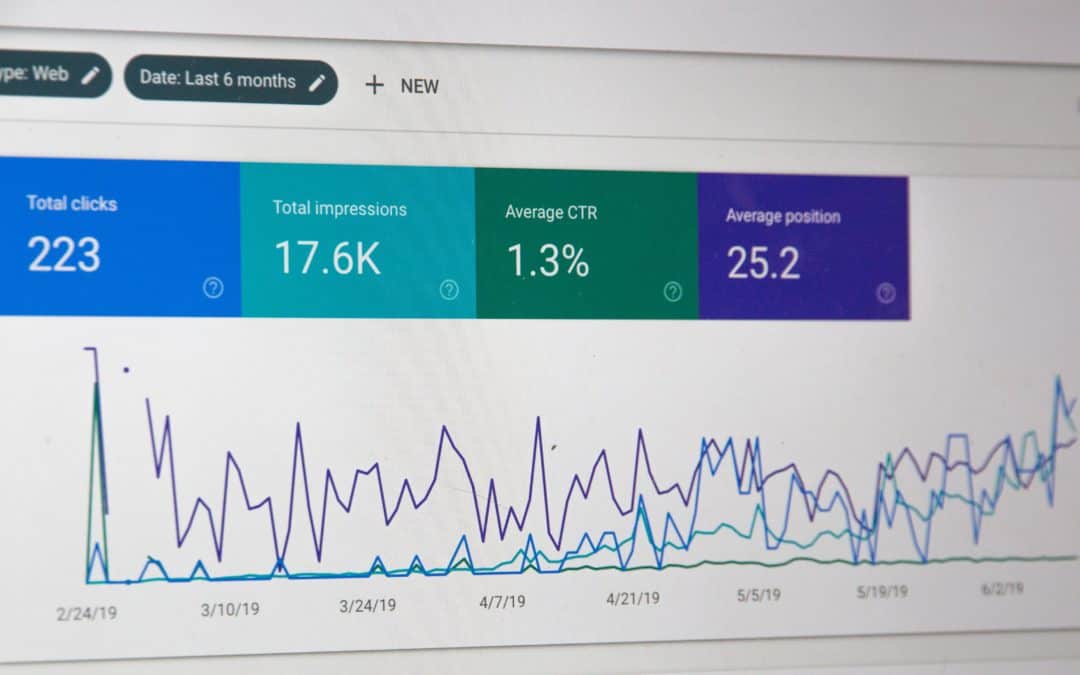Push notifications and email are two powerful ways to deliver messages to your users.
While there are similarities between the two methods, the strategies used in email marketing are very different from those required for push notifications.
Here are some things to think about…
Email vs. Web Push notifications
1) Length: Web push notifications are very short
The most obvious difference between push messages and emails is their length. While the length of emails can vary, push messages are often less than 50 characters long!
Most users simply won’t care about long push notifications – keep in mind that web push notifications are alerts! Keep your messages short, clear and to the point. ![]()
2) Privacy
Marketers recognize that the email inbox is a much more intimate space than a web browsing session, but push notifications are even more so.
Users look at their phones when they are at home, in the bathroom, in their bedroom, etc.
Soliciting a user’s attention in such a personal and intimate space requires a certain level of tact. If an email sent to a user’s inbox is like ringing the front doorbell, a push notification is like knocking on the bedroom door!
Never be “spammy” with your push notifications, and always emphasize the value and motivation of the user.
Only send push notifications for news that will be interesting for the user, targeted and relevant.
3) The threshold is different
Many users sign up for email lists and never unsubscribe – they simply ignore your emails or delete them when they arrive.
Of course, you’d rather have users read your emails than delete them, but the relatively low probability of an unsubscribe action provides multiple opportunities to contact and re-engage email subscribers.
However, most users have a much lower threshold for push notifications.
If you send them daily messages that interrupt them in annoying and uninteresting ways, they will turn off push notifications and you will never be able to contact them again.
It is very difficult to get users to reactivate push permissions after disabling them. So it’s best to be careful when building your push notification campaign.
4) The content: an email will provide a more accomplished content
One of the main differences between these two communication channels is how they are used.
Both emails and push notifications can be used to alert customers of a special sale or new features.
However, while emails can be used directly as content, push notifications don’t really have that ability except in a very limited way.
In an email, you can provide users with full content if you wish. You can deliver a message without any additional action required. Push notifications, on the other hand, almost always serve as a conduit to get users to click on your app or take some other action.
That’s not to say there aren’t exceptions – weather updates and transactional notifications are a few examples of content delivery directly via push notifications.
However, in most cases, push is used to elicit further action, rather than having value in and of itself.
5) More rewarding A/B testing with push
There’s no denying that A/B testing is essential to a successful marketing campaign, whether it’s email or push.
However, A/B testing with push notifications is unique because you have so little content to work with. This means that even the smallest changes can have a huge impact, whether it’s adjusting a word or two, changing punctuation or replacing a smiling emoji with one that cries with joy.
Some may find A/B testing with push a little more fun and exciting than with other mediums like email.
6) Interaction: Web push notifications allow for better interaction
Sound alerts, punctuation and emojis are all powerful tools to make a push notification stand out and grab attention. While punctuation and emojis are also integrated into some emails, they are primarily focused on the subject line.
Push notifications also have the unique ability, in some cases, to attach CTA buttons to their messages.
What metrics for email & push notifications?

Push notifications and email share some metrics for measuring success, as well as some key differences.
For both methods, it’s important to evaluate:
- The open rate
Whether it’s email or push, it’s important to know how many users open and view your message. For the push, we will speak rather deliverability because if the user has his computer or cell phone, he will not receive the push. It is therefore necessary to choose the right time slot to maximize the deliverability of the push campaign. For the email, it will be necessary to update its email base in order to avoid a high bounce rate.
- The click rate
Both push notifications and emails rely heavily on the click-through rate as a measure. Who clicks on your messages and takes the next step in your campaign?
Push notifications have a few additional metrics that are important to consider, such as:
- Time on site after click
This is an additional metric that allows you to evaluate the engagement resulting from your push message. Some users may not click on your push notification, but open your site later as a result of your interaction.
Push notifications: 100% personalization?
As for push, these have the ability to take personalization to the next level – we’re talking about much more powerful information than just a user’s name.
With apps, you can collect a large amount of data about the user, such as:
- Purchases made
- Location
- Tastes and interests
- App activity and time spent in the app as well as other detailed behavior and demographic data.
With this data, it will then be possible to create tailored, 100% targeted notifications based on the user’s profile. Currently, emails are still far from matching this level of personalization.
More information in our article “Monetize your website with wep push notifications: complete guide 2022”.
→ Join the best web push notification network 

Antoine Henrion
Co-founder
Antoine is the Co-Founder of OutPush, a platform that helps website publishers monetize through web push notifications. Before OutPush, Antoine launched a cheap travel platform, Hope Flights, with more than 50,000 members in France. Passionate about travel and new technologies, he is always listening to his customers and is always available. Prior to launching his company, Antoine was the head of Operations for the French startup Chauffeur-Privé, recently acquired by the Daimler-Mercedes group which has now been renamed Free Now (via Kapten).

